Non-Disclosure Agreements (NDAs) are a critical first step in mergers and acquisitions (M&A). They protect sensitive business information like financials, trade secrets, and strategic plans during deal discussions. Without an NDA, confidential data could be misused, leading to competitive risks or market disruptions. Here’s what you need to know:
- Purpose of NDAs: Prevent sharing or misuse of confidential information during M&A.
- Key Provisions: Define what is confidential, limit data use, set timeframes, and include non-solicitation clauses.
- Types of NDAs: One-way NDAs protect just one party’s data, while mutual NDAs safeguard both sides.
- Common Pitfalls: Overly broad terms, missing return/destruction clauses, or unclear confidentiality periods can weaken protection.
- Practical Tips: Tailor NDAs to the deal size, industry, and risk level. Use clear, enforceable terms and consider secure platforms for managing documents.
A well-drafted NDA ensures confidentiality, protects business interests, and facilitates smoother negotiations.
How To Structure And Negotiate NDAs | M&A Science
Key NDA Provisions Checklist for M&A Deals
Navigating the key provisions of a Non-Disclosure Agreement (NDA) is essential for safeguarding sensitive information and avoiding legal missteps in mergers and acquisitions (M&A). Here's a breakdown of the critical clauses to focus on when reviewing or negotiating an NDA.
How to Define Confidential Information
The definition of confidential information is the cornerstone of any NDA. It should cover a wide range of data, such as financial records, customer lists, business strategies, technical details, and proprietary processes. At the same time, it’s important to explicitly exclude publicly available information, data independently developed by the receiving party, or information obtained lawfully from third parties.
Another crucial aspect is ensuring the NDA states that sharing intellectual property does not imply a transfer of ownership or licensing rights. This protects against future claims to trade secrets or proprietary methods by the receiving party.
Once the definition is clear, the next step is to outline strict limits on how the disclosed information can be used.
Allowed Uses of Disclosed Information
The NDA should clearly specify that confidential information can only be used for evaluating the potential transaction, such as conducting due diligence or preparing deal-related assessments.
"Thus, a key provision in almost every NDA is a 'use' clause, which limits the ways in which the party receiving confidential information may use that information." – Ropes & Gray LLP
Vague or poorly defined use clauses can lead to disputes. For example, in the 2012 case of Martin Marietta Materials, Inc. v. Vulcan Materials Company, the Delaware Court of Chancery found that an unclear "Transaction" definition created unintended restrictions. This effectively barred Martin Marietta from pursuing a hostile takeover for four months.
Recipient Responsibilities and Duties
Clearly defining the recipient’s responsibilities is another vital component. The NDA should outline specific measures the receiving party must take to protect the information. These may include:
- Controlled access permissions
- Strong password policies
- Two-factor authentication
- Information Rights Management (IRM) protocols
Additionally, internal controls should limit access to individuals directly involved in the transaction, such as senior management, legal advisors, and investment professionals who are also bound by confidentiality agreements. Employing "clean teams" - groups of individuals with no prior exposure to the data - can further minimize risks during the evaluation process.
Confidentiality Time Periods and Duration
Confidentiality obligations don’t automatically end when deal discussions do. Most NDAs specify a defined period - often two to five years - during which confidentiality must be maintained after the agreement’s termination or the conclusion of discussions.
The duration should align with the sensitivity of the information. For example, trade secrets or proprietary processes may require longer protection, while financial data might only need short-term confidentiality as its relevance diminishes over time. Return or destruction clauses are also critical, requiring the receiving party to either return or destroy all confidential materials (including copies) upon the disclosing party’s request or when discussions end.
Non-Solicitation and Protection Clauses
Non-solicitation clauses are designed to prevent the receiving party from poaching employees, customers, or suppliers during and after M&A negotiations. These provisions typically apply for a specific period, safeguarding the disclosing party’s relationships and workforce.
However, overly broad clauses can backfire. In the 2012 case of Goodrich Capital, LLC v. Vector Capital Corporation, an overly expansive "contemplated business arrangement" clause led to a lawsuit. Goodrich sought $3.5 million in advisory fees after the clause triggered unintended obligations.
Standstill provisions may also be included to prevent hostile takeover attempts for a set period. While these can provide extra protection, they should be carefully negotiated to avoid unnecessarily limiting legitimate acquisition opportunities.
Types of NDAs and When to Use Each
Choosing the right type of NDA depends on who’s sharing the information, how sensitive it is, and the nature of the transaction. By understanding the differences between NDAs, you can avoid unnecessary complications while ensuring all parties are properly protected.
Mutual vs. One-Way NDAs
When it comes to M&A transactions, the decision often boils down to mutual NDAs versus one-way NDAs. Each serves a distinct purpose and works best in specific situations.
A one-way NDA is designed to protect the confidential information of a single party - typically the seller. In this case, the seller shares sensitive details like financial records, customer data, or operational strategies, while the buyer isn’t required to disclose anything in return. This type of NDA is ideal when only one party is sharing proprietary information.
On the other hand, a mutual NDA ensures that both parties agree to safeguard each other’s confidential information. This is particularly useful in scenarios where both sides are exchanging sensitive data, such as in mergers of equals, joint ventures, or other deals where both companies have valuable proprietary information at stake. For example, if two companies are considering a merger and need to share trade secrets, financial data, or customer lists, a mutual NDA ensures that both parties are equally protected.
In NDA negotiations, sellers often hold more leverage since buyers are eager to access confidential information for due diligence. However, if the buyer later needs to disclose their own proprietary information under a one-way NDA, they won’t be protected unless the agreement is updated or replaced.
| Type | When to Use | Advantages | Disadvantages |
|---|---|---|---|
| One-Way NDA | Only the seller shares information | Easier and faster to finalize | Doesn’t protect the buyer if roles reverse later |
| Mutual NDA | Both parties share sensitive data | Offers equal protection, builds trust | More negotiation required, potentially slowing the process |
One-way NDAs are quicker to finalize due to their simplicity, while mutual NDAs often involve more detailed negotiations to balance the interests of both parties. Although this can extend timelines, it provides more comprehensive protection for both sides.
Next, let’s explore how secure platforms can streamline the sharing of sensitive information.
Data Rooms and Clean Room Arrangements
Once the appropriate NDA is in place, the next step is to use secure environments for sharing sensitive documents. In modern M&A transactions, data rooms - secure online platforms - play a critical role in managing and monitoring document access. These virtual spaces ensure that only authorized users, who have signed NDAs, can view sensitive information. Additionally, they provide detailed audit trails to track who accessed which documents and when.
Data rooms are particularly useful in industries with strict compliance requirements. They allow sellers to control access levels for different users, ensuring that only those who truly need to see sensitive data - like financial records or proprietary processes - can do so.
For even stricter control, clean room arrangements create highly regulated environments where sensitive information is shared with a small, pre-approved group of third parties. These setups are designed to prevent competitive misuse or regulatory violations by tightly limiting access to critical data.
Clean rooms are especially valuable in deals involving competitive, regulated, or antitrust-sensitive industries. For instance, in healthcare M&A transactions, clean rooms enable a buyer’s compliance team to review patient data without exposing it to the broader acquisition team, ensuring compliance with regulations like HIPAA. Similarly, in technology acquisitions, clean rooms allow for the sharing of sensitive intellectual property, such as source code, with only pre-approved personnel under strict NDA terms, reducing the risk of leaks or misuse.
The adoption of virtual data rooms has grown significantly since 2020, with many deals now utilizing automated NDA workflows and digital signature tools to streamline the process. These advancements make it easier to implement the right NDA type while maintaining strict oversight of sensitive information during due diligence.
Platforms like Clearly Acquired combine automated NDA management with secure data room functionality, allowing buyers and sellers to quickly finalize the right NDA, manage user permissions, and ensure compliance. This integration simplifies the process while providing expert guidance to tailor agreements to the specific needs of each transaction.
sbb-itb-a3ef7c1
NDA Negotiation Tips and Common Mistakes
Negotiating NDAs effectively means balancing the technical details with the broader business context. Building on the key provisions discussed earlier, here are some ways to refine your approach.
How to Customize NDAs for Your Deal
Every M&A transaction has unique elements, and your NDA should reflect those specifics. Factors like deal size, industry, and risk profile can all influence how the agreement is structured.
For smaller deals under $5 million, simplicity is key. Use standard terms and keep negotiation periods short. These transactions often move quickly, so an overly complex NDA can slow things down without offering extra protection. Focus on clear definitions of confidential information and time limits that align with the deal's pace.
Mid-market deals between $5 million and $100 million typically need more detailed NDAs. These agreements often include provisions for third-party advisors, carve-outs for regulatory disclosures, and stronger non-solicitation clauses. With multiple stakeholders like investment banks, accountants, and legal teams involved, the NDA should allow for controlled information sharing while maintaining confidentiality.
Industry-specific needs also play a big role. In healthcare, for example, include HIPAA compliance and patient data protections. Technology deals require robust intellectual property clauses and terms for handling source code. Manufacturing agreements often focus on safeguarding trade secrets and proprietary processes. Adjusting the NDA to these industry concerns ensures it covers the most critical aspects of the transaction.
For cross-border transactions, address differences in legal systems, data privacy regulations (like GDPR), and enforcement mechanisms. A standard U.S. NDA may not provide enough protection for global deals.
Finally, consider the competitive landscape. If the buyer is a competitor, strengthen non-use provisions and explore clean room arrangements for sensitive data. Strategic buyers often require different protections compared to financial buyers, who may have less industry overlap.
Writing Clear Terms That Work
Once you’ve tailored the NDA to fit your deal, focus on drafting terms that are clear and easy to understand. Ambiguity can lead to disputes and confusion, so clarity is essential.
Set realistic timeframes for confidentiality. While a five-year period might seem protective, it’s often unnecessary and can complicate negotiations. For most M&A deals, two to three years is usually sufficient, with longer periods reserved for highly sensitive data like trade secrets.
Refine permitted-use clauses to fit the context of your deal. Standard language like "solely for evaluating the potential transaction" works for most cases, but you might need to add specifics for due diligence, financing, or regulatory approvals.
Define third-party disclosure rules upfront. Instead of requiring approval for every advisor, create pre-approved categories such as "legal counsel, accountants, and investment bankers", ensuring they’re bound by similar confidentiality terms.
Include practical enforcement mechanisms. Liquidated damages should reflect realistic harm estimates, and injunctive relief provisions should be mutual where appropriate. Overly harsh terms can discourage the other party from signing or make the agreement unenforceable.
Mistakes That Can Hurt Your Deal
Avoiding common NDA pitfalls can save you from unnecessary risks and complications.
Overly broad definitions of confidential information can be counterproductive. If everything is labeled confidential, it dilutes the focus on what truly needs protection. Instead, concentrate on safeguarding critical data.
Failing to include return or destruction provisions leaves confidential information vulnerable after the deal ends. Specify that all materials, including electronic copies and notes, must be returned or destroyed when the NDA expires.
Weak non-solicitation clauses can leave you exposed to talent poaching. If retaining employees is crucial, include restrictions on hiring key personnel for 12 to 24 months. However, avoid overly broad terms that might not hold up in court.
Overlooking regulatory disclosure requirements can create compliance issues. Always include carve-outs for legally mandated disclosures, with advance notice when possible.
Leaving residual knowledge undefined can lead to disputes. Clearly distinguish between specific confidential information and general knowledge gained during due diligence.
Inconsistent terms across multiple NDAs can cause confusion. If you’re working with multiple buyers or stakeholders, ensure consistency in key provisions like confidentiality periods and permitted uses.
Ignoring digital security requirements is risky in today’s environment. Include clauses requiring recipients to implement reasonable cybersecurity measures and report any breaches promptly.
The goal is to create NDAs that protect legitimate interests without becoming roadblocks to completing the deal. A well-crafted, deal-specific NDA with clear terms and attention to common pitfalls lays the groundwork for a smoother M&A process, safeguarding all parties involved.
Using Clearly Acquired's Platform for NDA Management
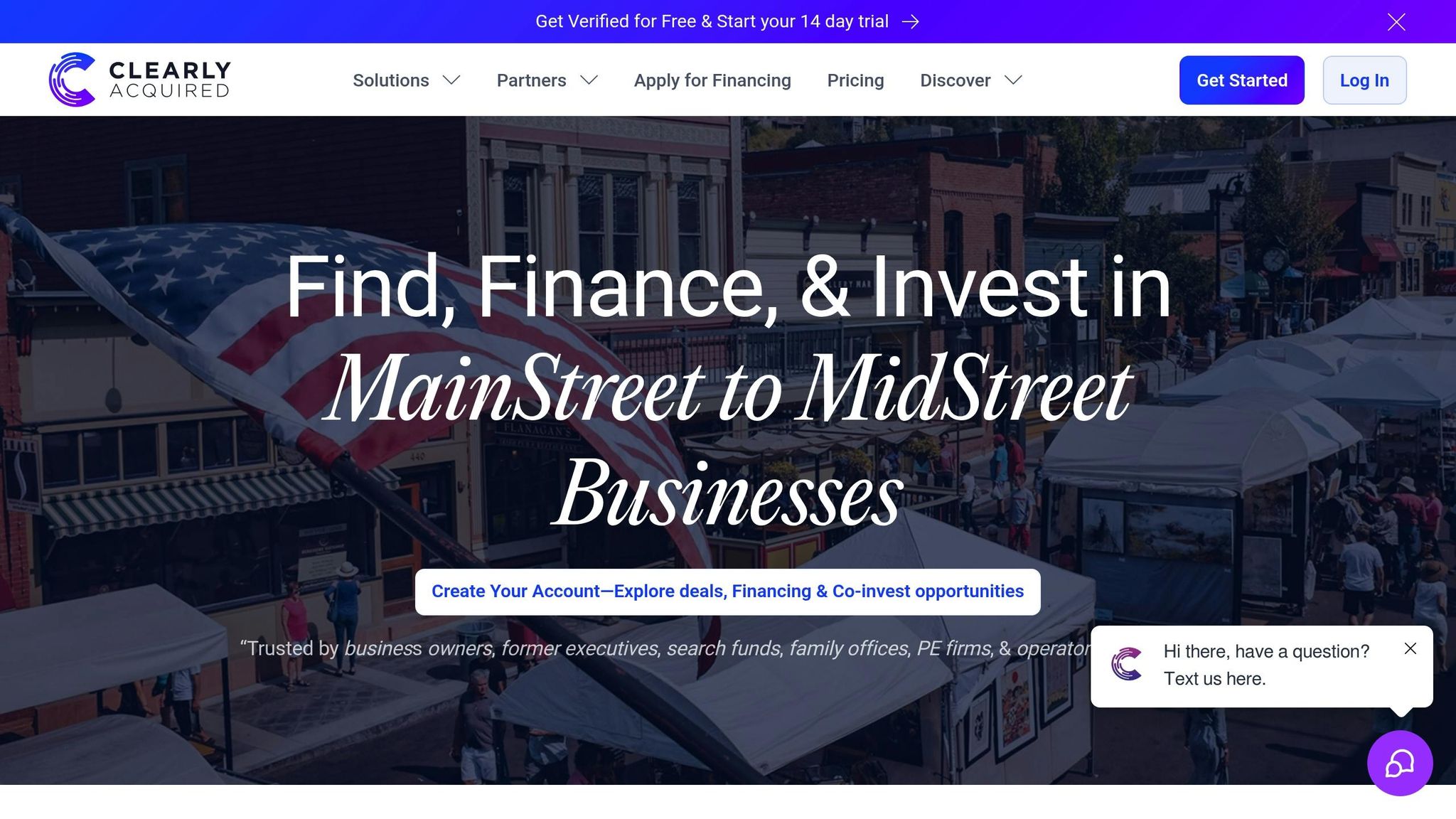
Managing NDAs manually can drag out M&A transactions. Clearly Acquired's platform eliminates these delays by automating the entire NDA process - from drafting to compliance tracking - while ensuring the secure handling of sensitive information.
Automated NDAs and Secure Data Rooms
The platform simplifies NDA creation with automated tools and integrated electronic signatures. Users can quickly generate agreements using customizable templates designed to meet specific transaction needs. This allows brokers to create, review, and distribute NDAs efficiently.
The integrated signature management feature enables secure, electronic signing and tracks document progress in real time, keeping everyone in the loop.
To protect sensitive data, the platform stores confidential files in the cloud with encryption and strict access controls, doubling as a secure data room. Approval workflows can be customized to define who gets notified, who approves, and who has access, ensuring a smooth NDA process.
Every action - like signing or editing - is logged in an audit trail, and real-time notifications keep users updated on key activities. Brokers can easily deploy NDAs directly from the platform using either predefined templates or custom agreements. Automated distribution ensures NDAs are sent securely and reviewed promptly, with delivery tracked every step of the way.
A centralized dashboard provides a single location to manage all NDAs, making compliance and workflow oversight much simpler.
These tools not only streamline the process but also prepare users for the complexities of high-stakes negotiations.
Expert Help with NDA Compliance and Negotiation
For situations where automation isn’t enough, Clearly Acquired offers expert advisory services to help navigate intricate NDA negotiations.
The platform’s integrated deal management ensures NDA protections remain consistent throughout the stages of a transaction, from due diligence to financing and closing. Additionally, the platform provides educational resources on NDA best practices, covering topics like when to use mutual versus one-way NDAs, how to structure non-solicitation clauses, and tailoring terms for deals of varying sizes.
Key Points to Remember
When negotiating NDAs in M&A transactions, keeping these essential points in mind can help safeguard your business interests:
- Customize NDAs to protect your M&A process. NDAs establish the legal framework for securely sharing sensitive information, making them a cornerstone of any M&A deal.
- Define confidential information clearly. Be explicit about what is considered confidential, and exclude publicly available or previously known data. This clarity is crucial for enforcing the agreement if needed.
- Set appropriate confidentiality periods and include non-solicitation clauses. Typically, confidentiality periods range from one to five years, depending on the industry and sensitivity of the information. Adding non-solicitation clauses ensures that key employees and customers are protected, even if the deal falls through.
- Avoid common pitfalls in NDA drafting. Failing to include non-solicitation clauses, setting unrealistic confidentiality periods, or neglecting to specify remedies for breaches can leave your business vulnerable. A poorly written NDA might allow a potential buyer to misuse your confidential information, putting your competitive edge at risk.
- Use technology to streamline NDA management. Automated platforms can simplify the process with secure document handling, real-time tracking, and compliance monitoring, reducing the chances of delays or errors.
- Tailor NDAs to the transaction. Use mutual agreements when both parties are sharing sensitive data, and one-way NDAs when only one party is disclosing. In some cases, specialized arrangements like clean room protocols may be necessary, depending on the competitive nature of the deal.
Taking the time to craft a well-thought-out NDA ensures your confidential information remains secure, protects your competitive advantage, and lays the groundwork for a smoother transaction process.
FAQs
What risks arise if an NDA for an M&A deal doesn’t include a return or destruction clause?
When drafting an NDA for an M&A transaction, leaving out a return or destruction clause can open the door to serious risks. Without it, confidential information might linger unprotected after the deal wraps up, exposing it to accidental leaks, misuse, or even unauthorized access.
On top of that, not having a clear directive to return or destroy sensitive data can spark disagreements between the parties. This can lead to legal troubles, damage to reputations, and even drive up transaction costs. A well-defined return or destruction clause helps set expectations and protects both sides during the M&A process.
What are the advantages of using mutual NDAs in mergers of equals compared to one-way NDAs?
Mutual NDAs are a go-to choice for situations like mergers of equals because they ensure both sides are bound by the same confidentiality rules. This setup not only safeguards sensitive information on both ends but also builds a foundation of trust, paving the way for open and honest discussions during negotiations.
This kind of mutual agreement promotes a cooperative atmosphere, which is crucial when both parties need to make joint decisions and maintain transparency. On the other hand, one-way NDAs primarily benefit the disclosing party, often creating an uneven dynamic that could disrupt the collaborative spirit necessary for these types of partnerships.
Why is it important to customize NDAs based on the industry and size of an M&A deal?
Tailoring NDAs to fit specific industries and deal sizes is crucial because confidentiality requirements and legal regulations can differ significantly across sectors. For instance, fields like healthcare and technology often handle extremely sensitive data, which demands more stringent safeguards to ensure proper protection.
On top of that, larger transactions usually involve more intricate details and higher stakes. This makes it essential to include precise, enforceable terms that address the complexity of the deal. Crafting NDAs to suit the unique aspects of a particular agreement helps safeguard sensitive information, mitigate potential risks, and streamline the negotiation process.





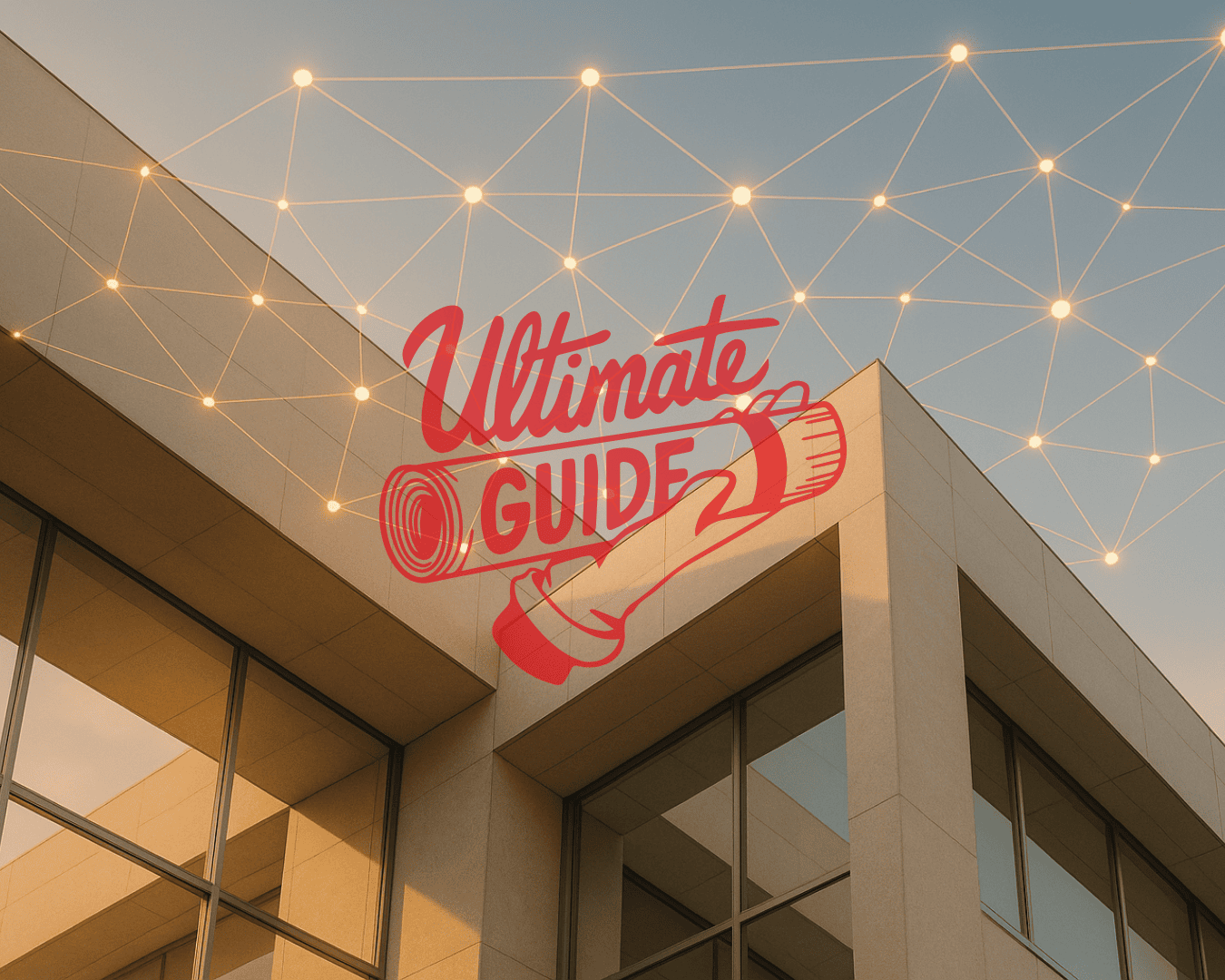



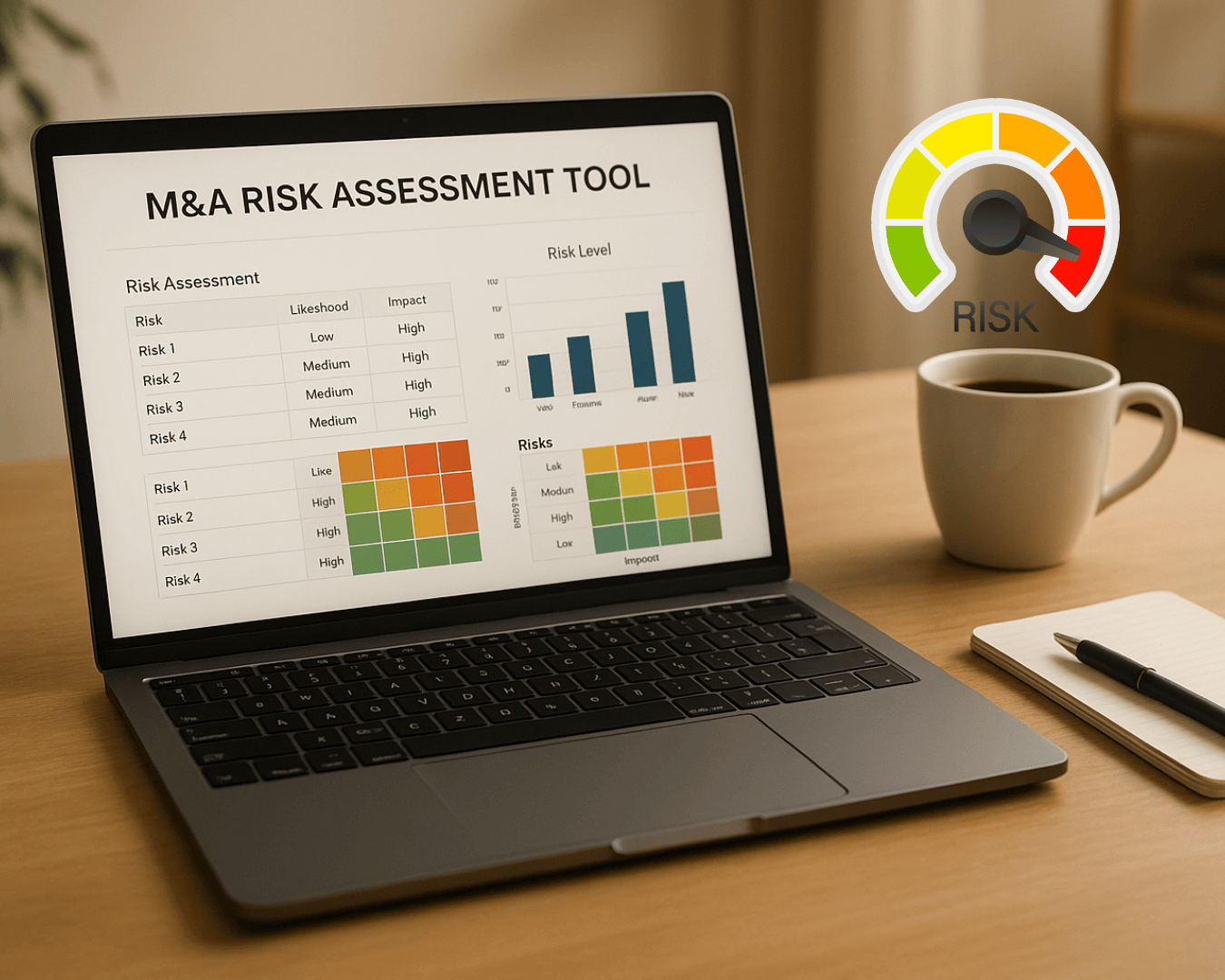
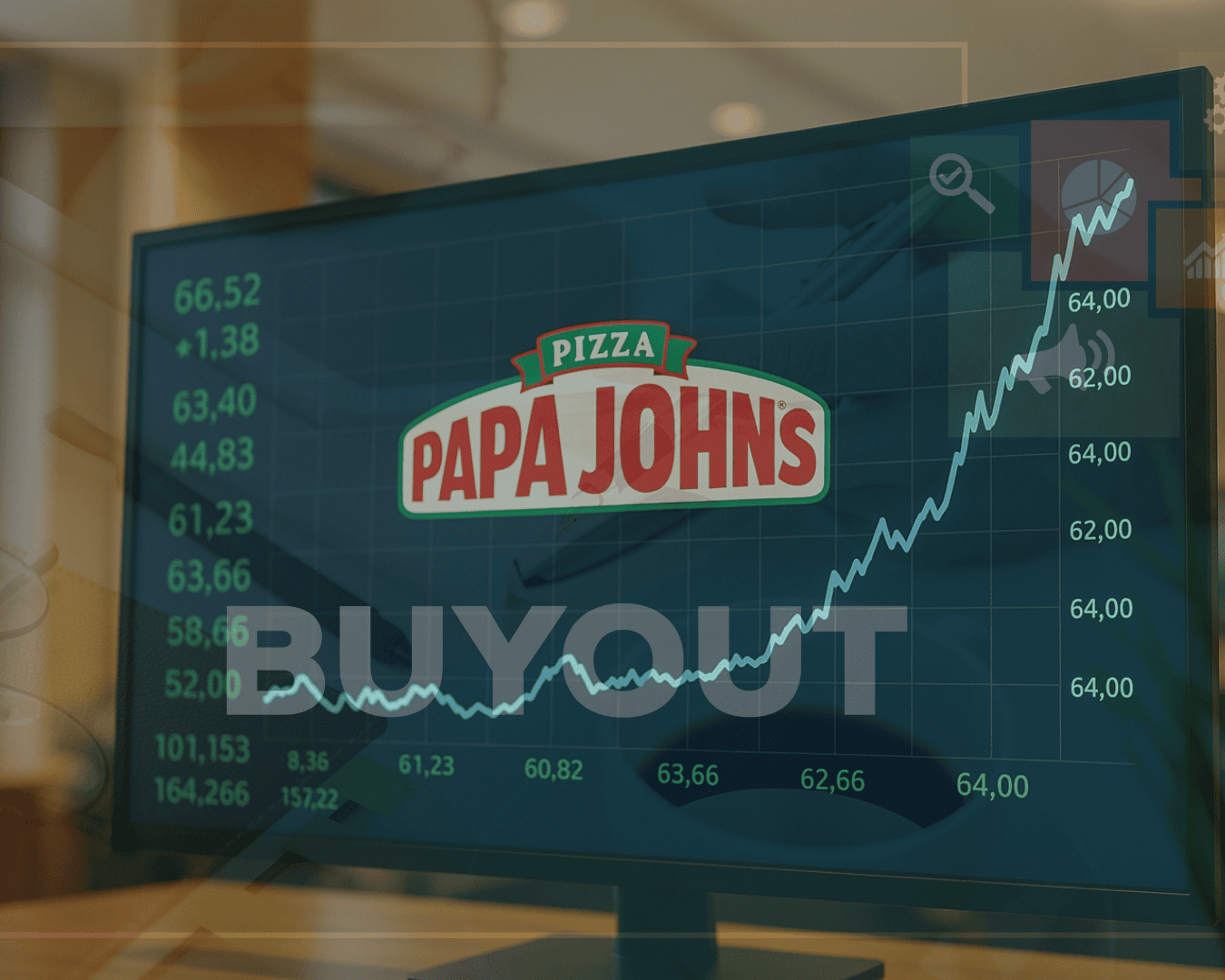
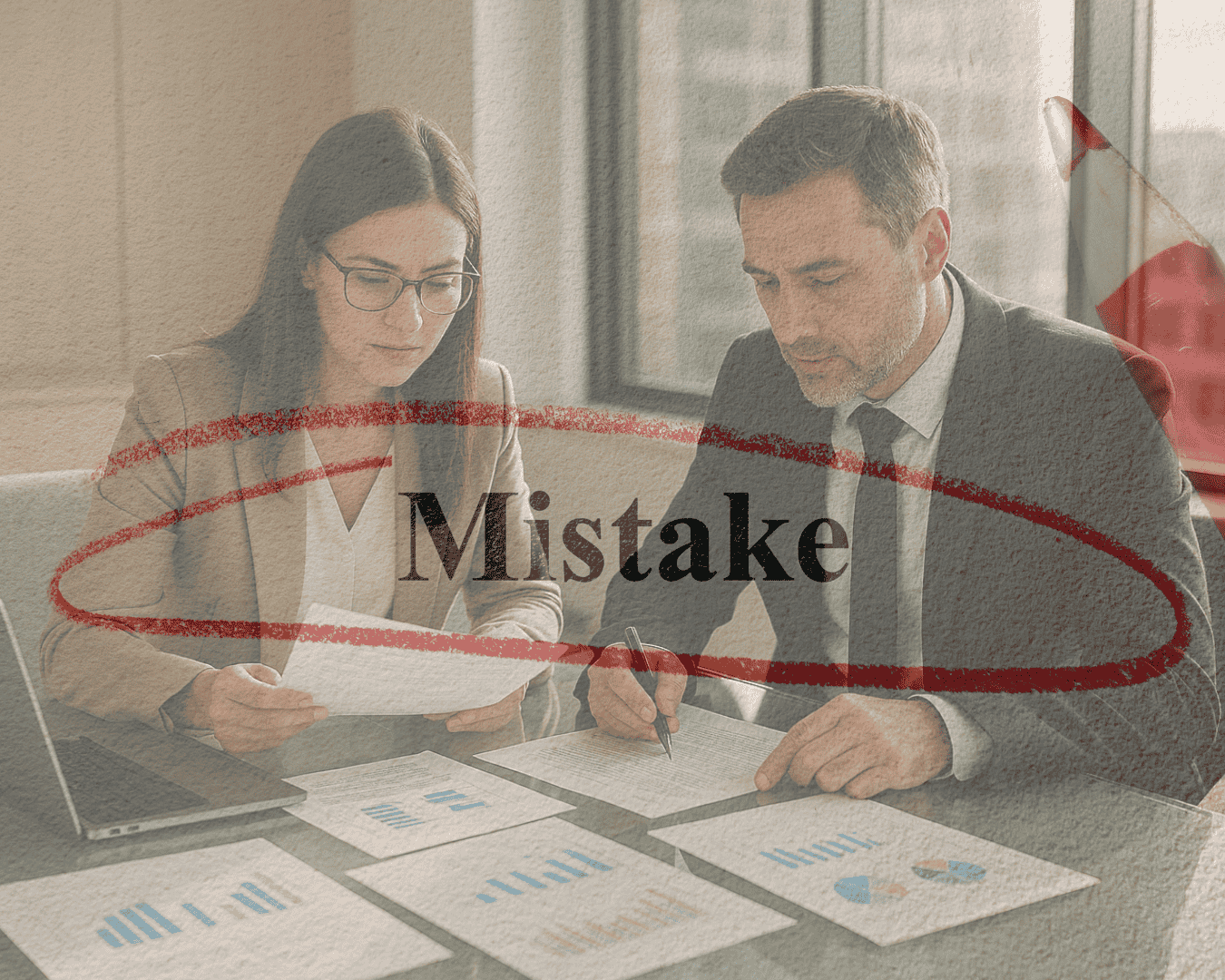
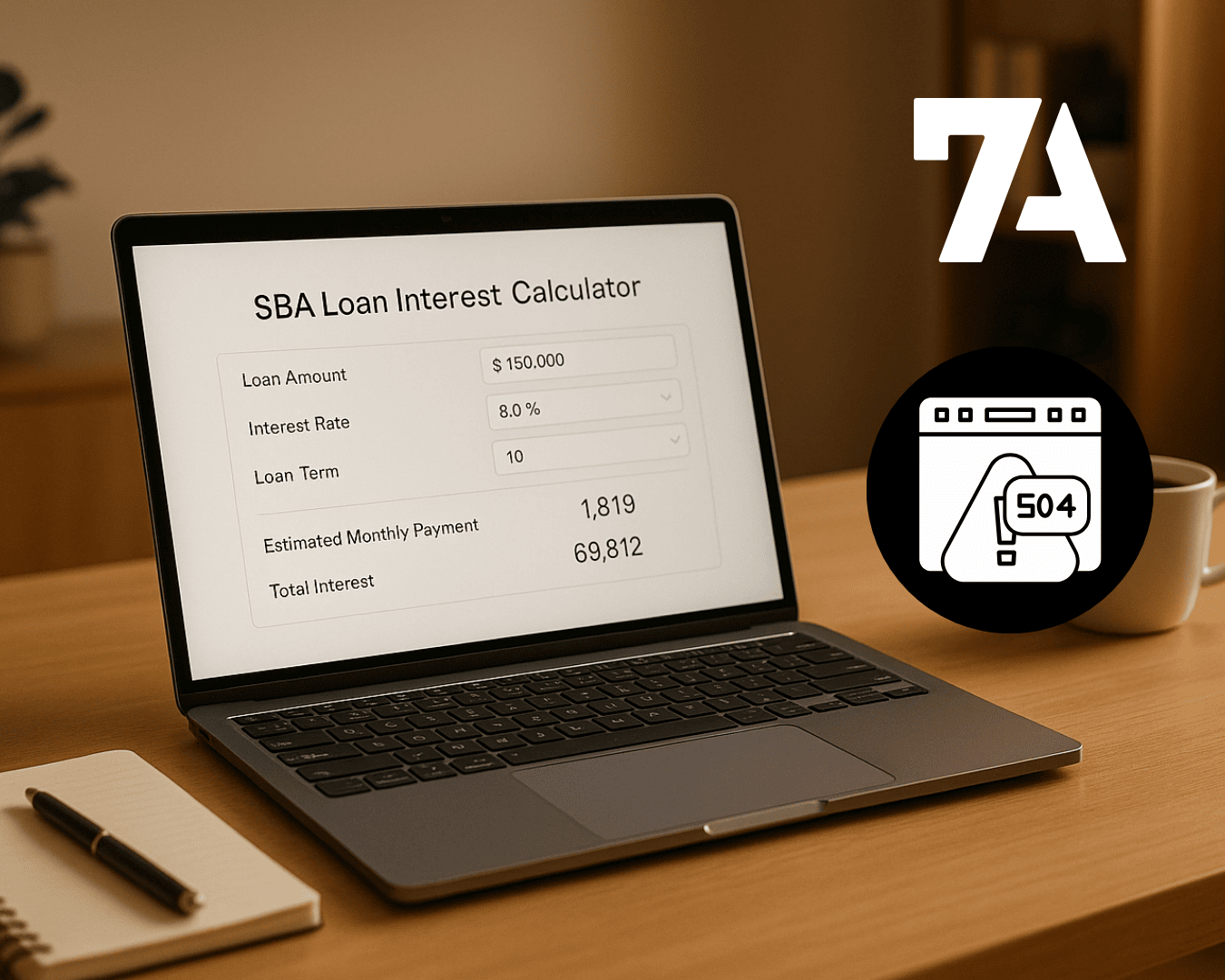







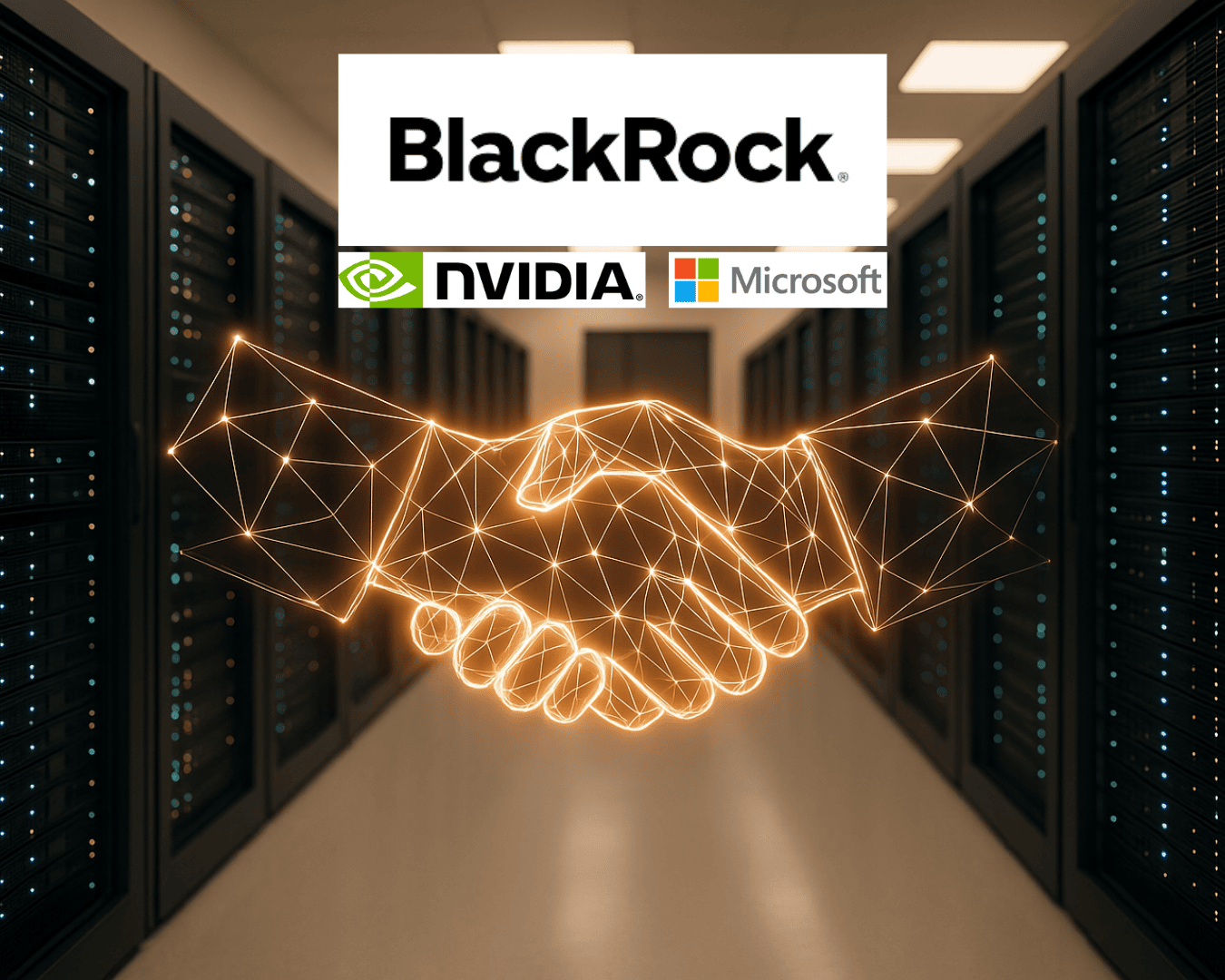
%20Loan%20Application%20Checklist.png)
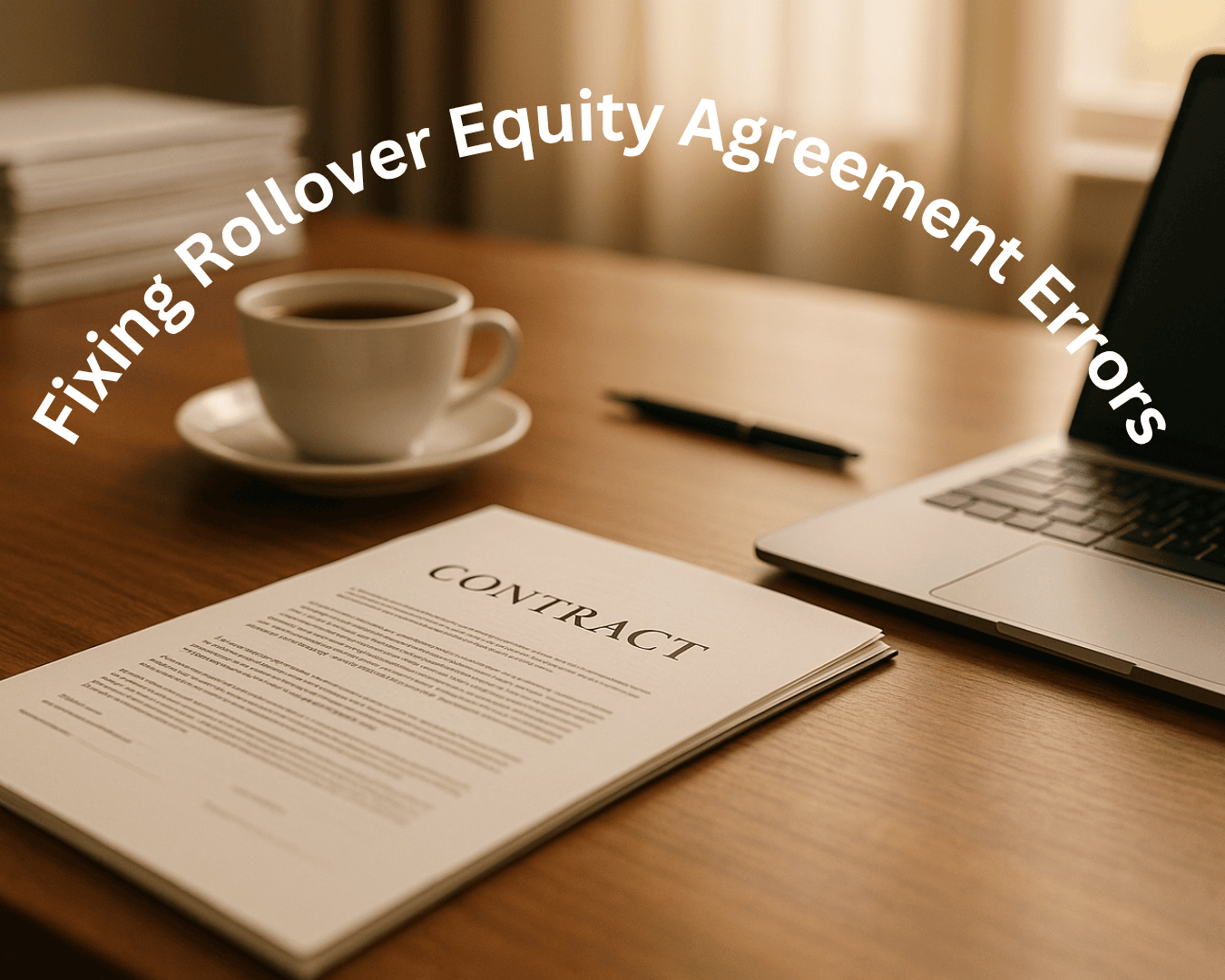

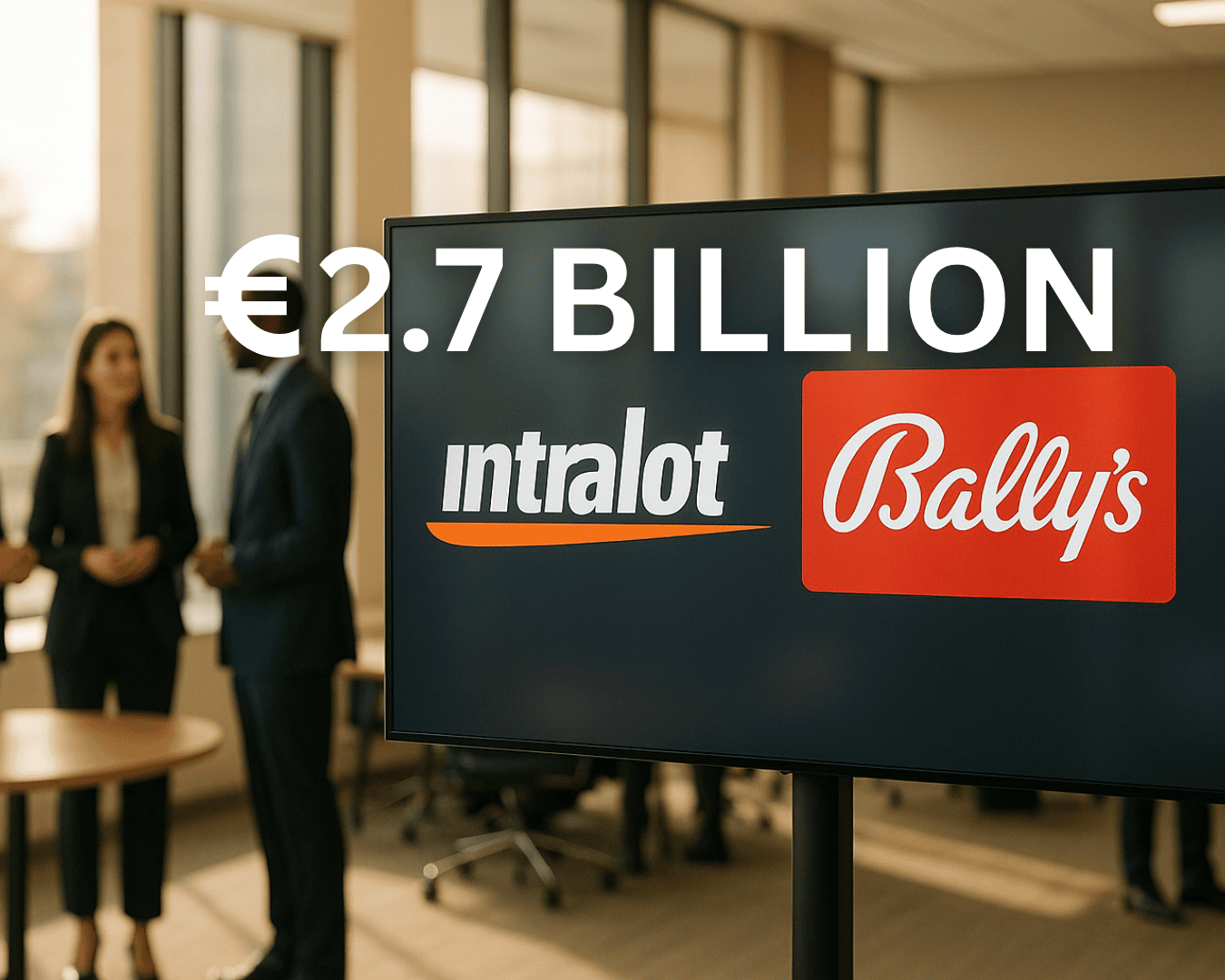



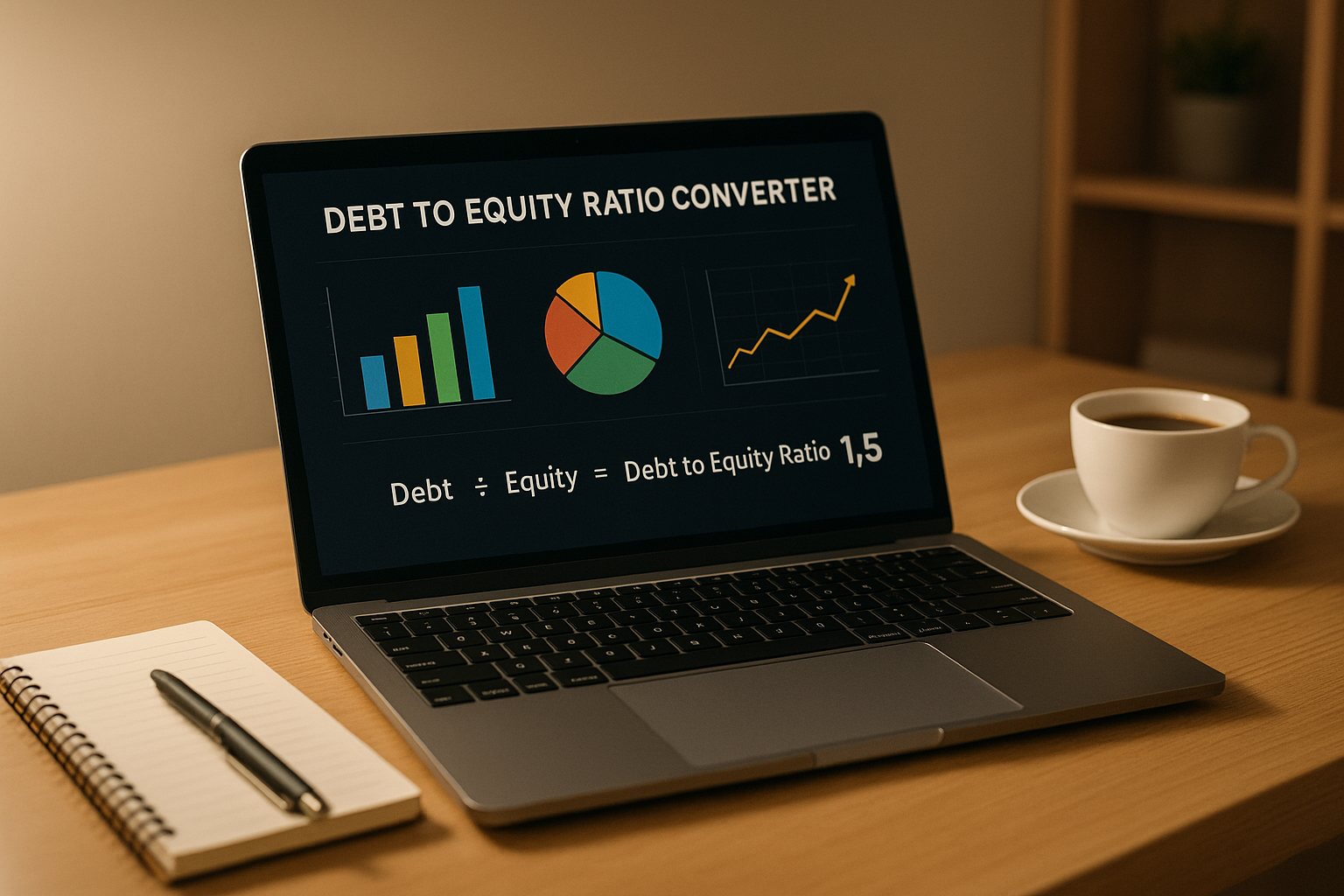




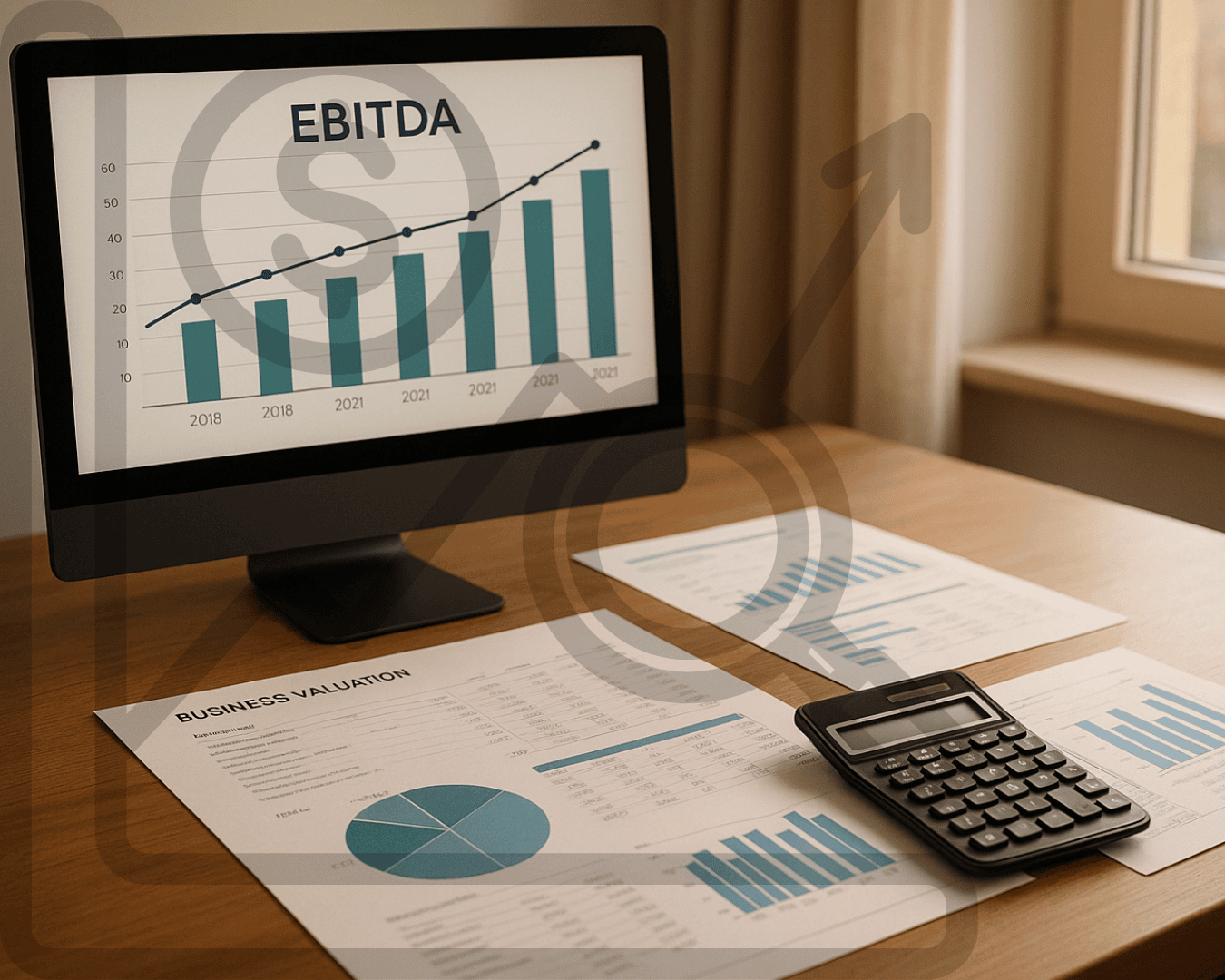


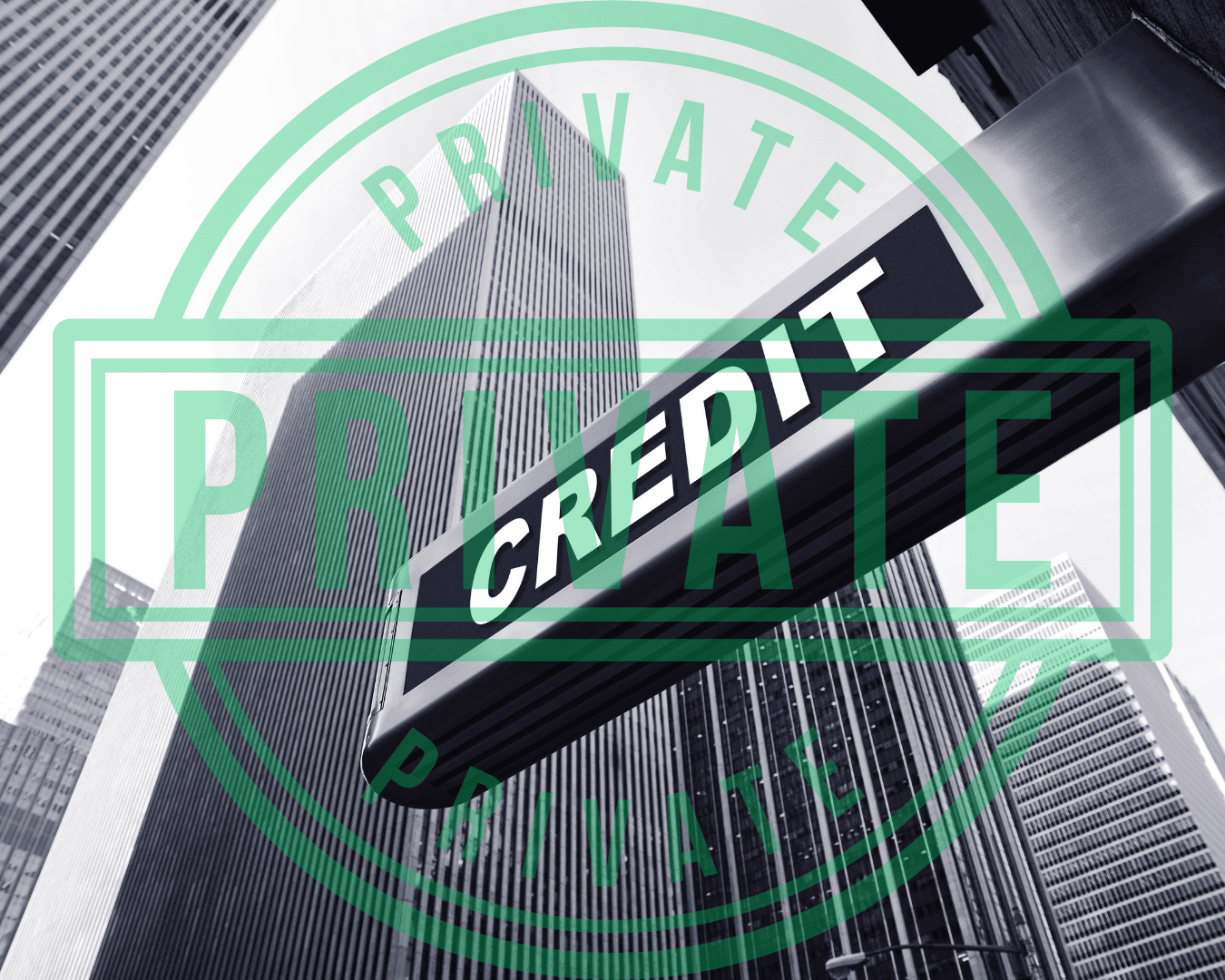


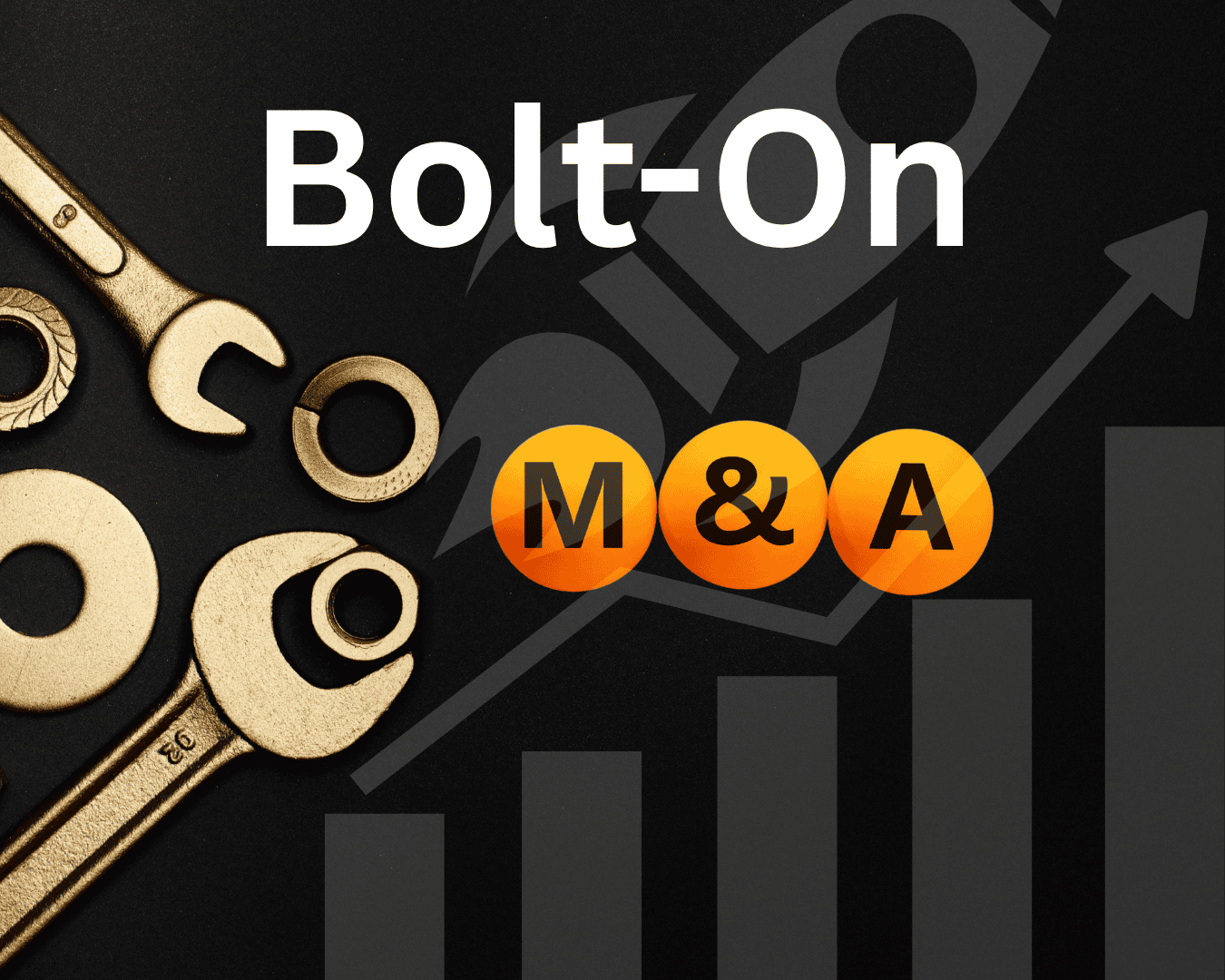


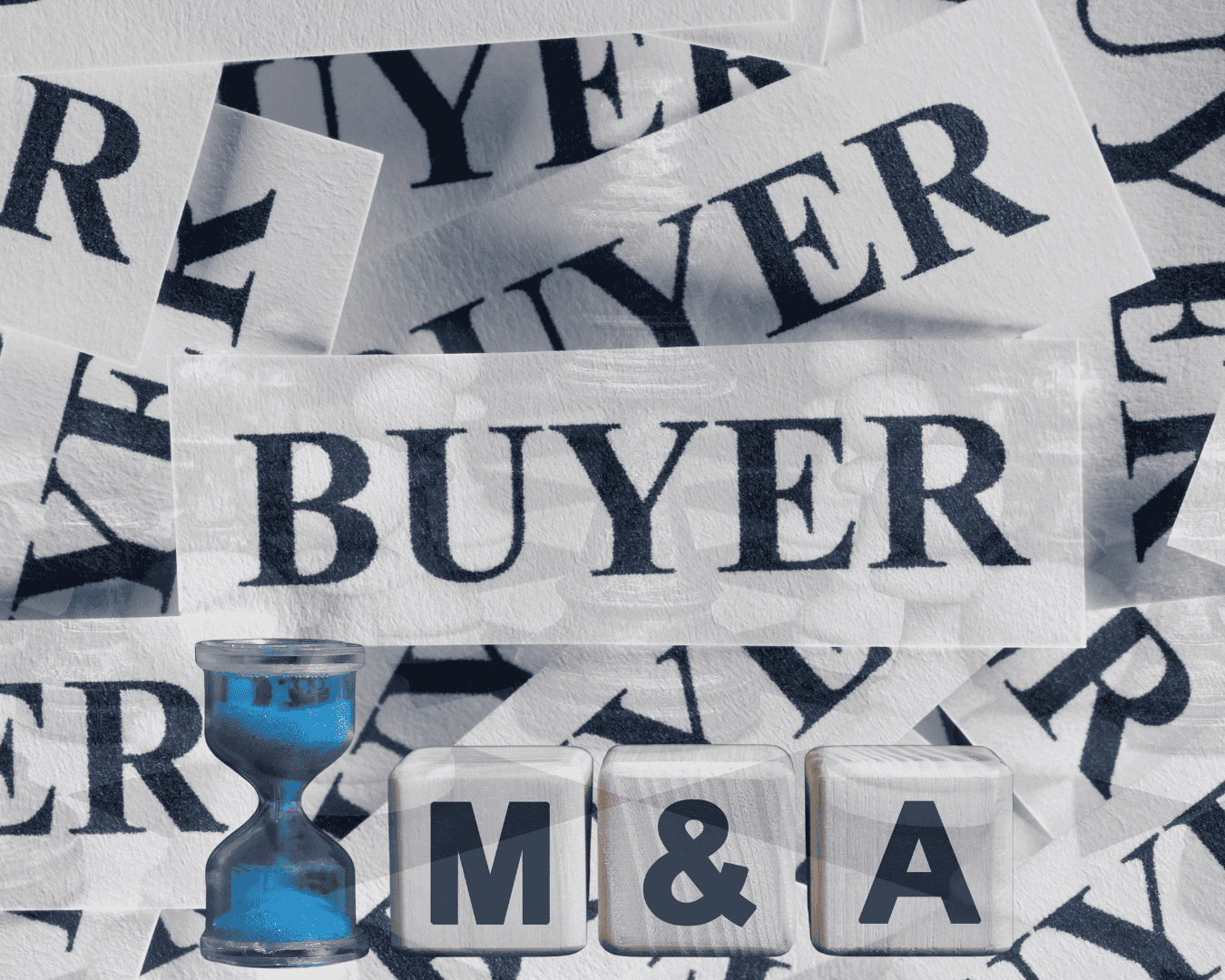







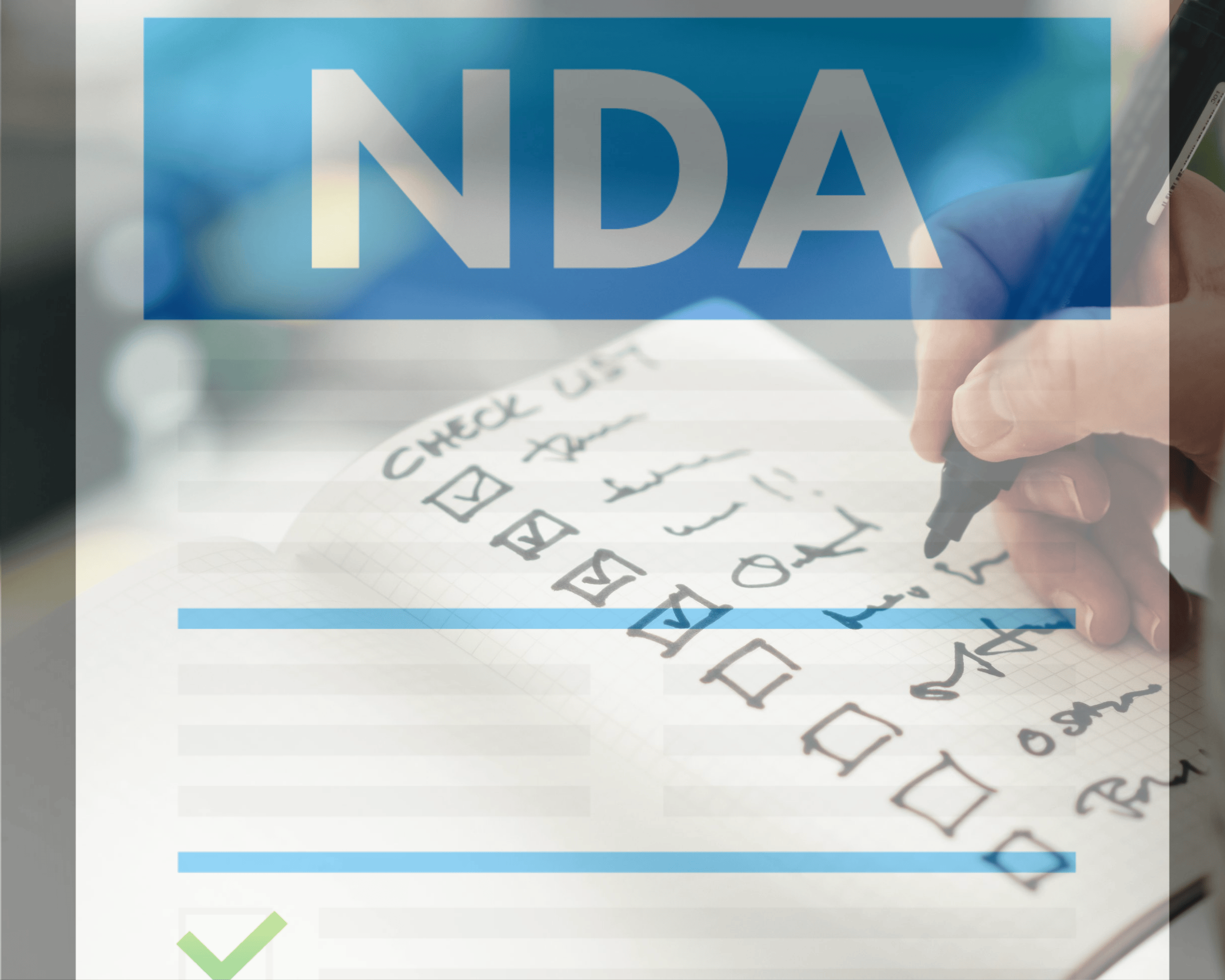


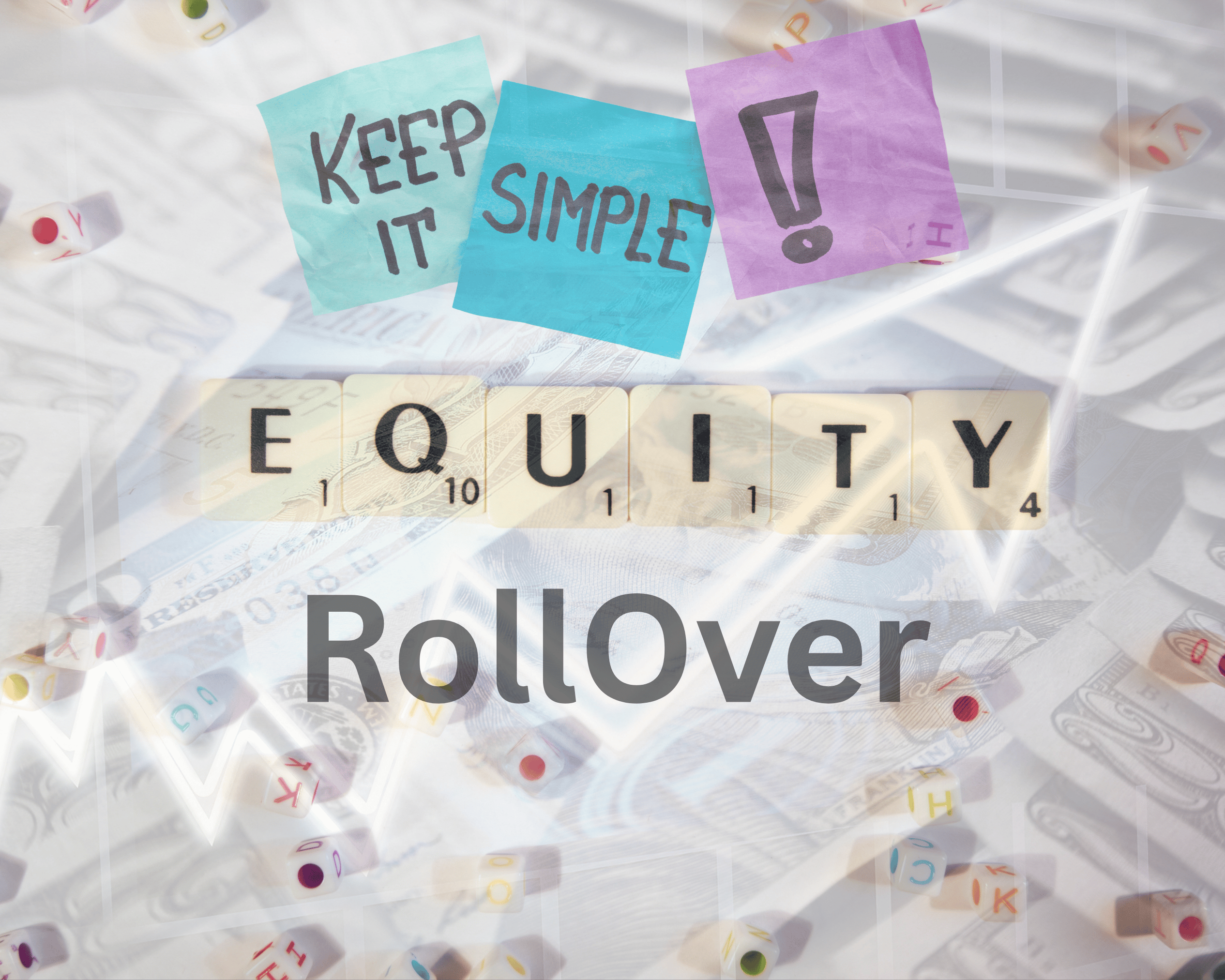







.png)
%20Loans%20%26%20Your%20Buy-Side%20Edge.png)



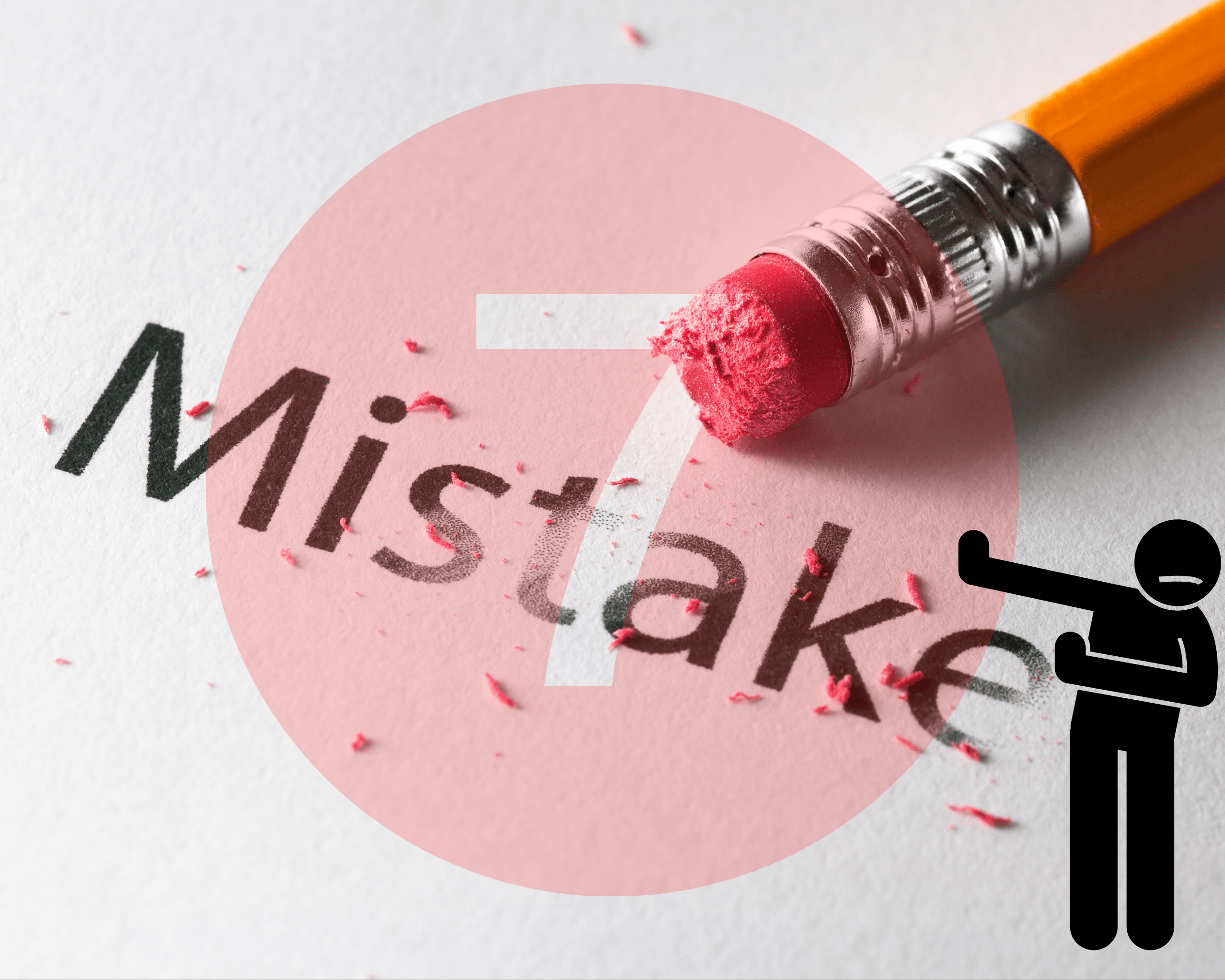


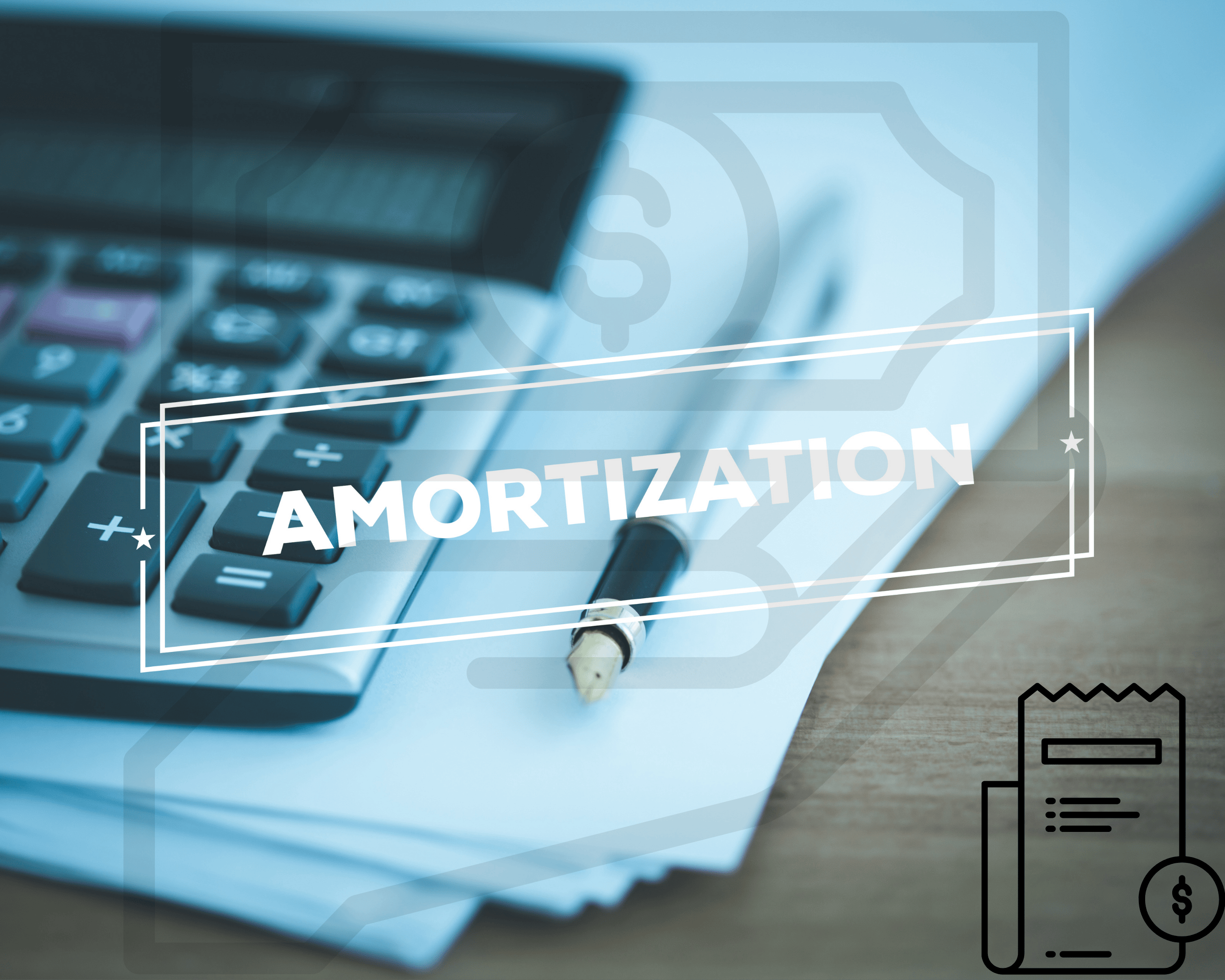

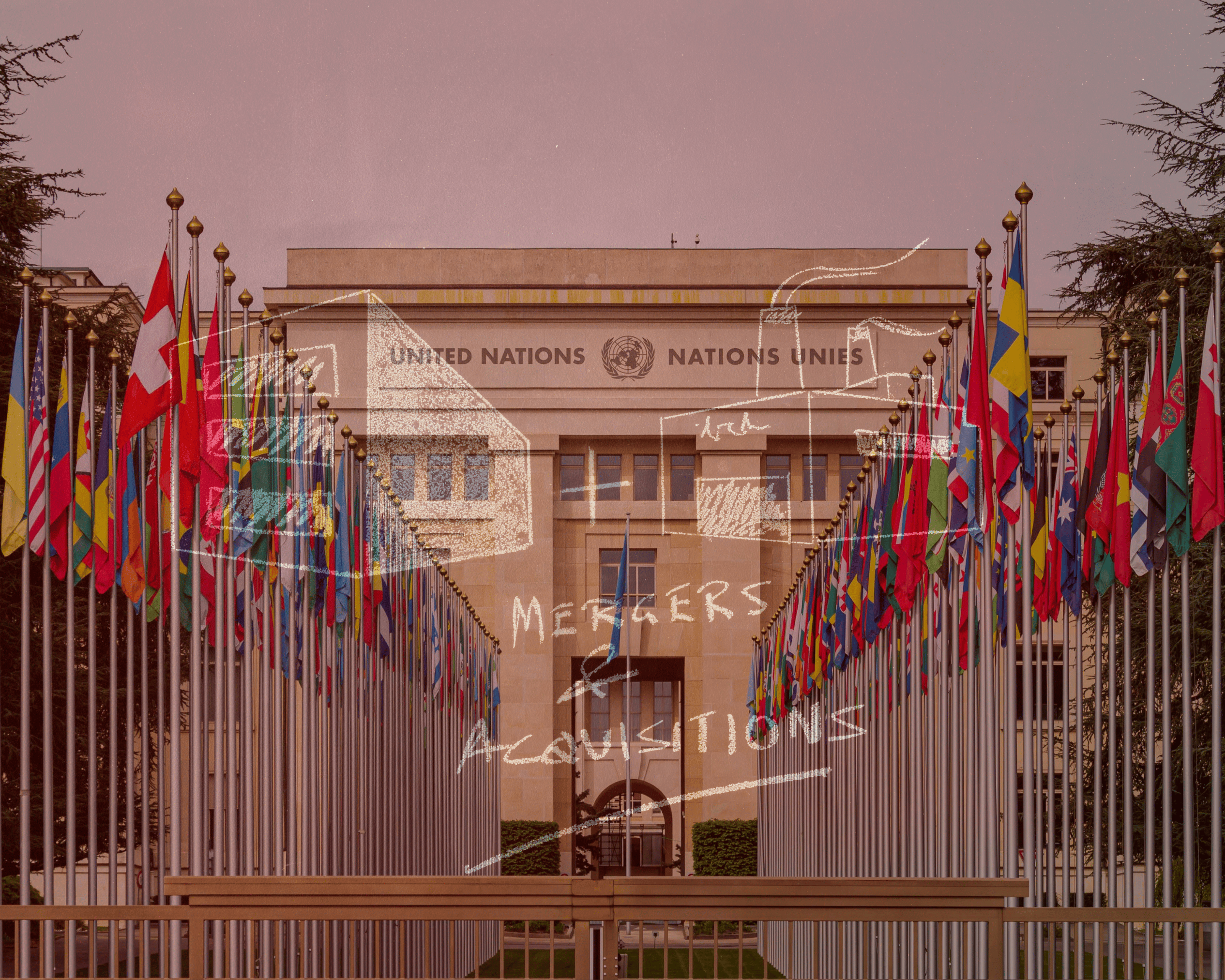





















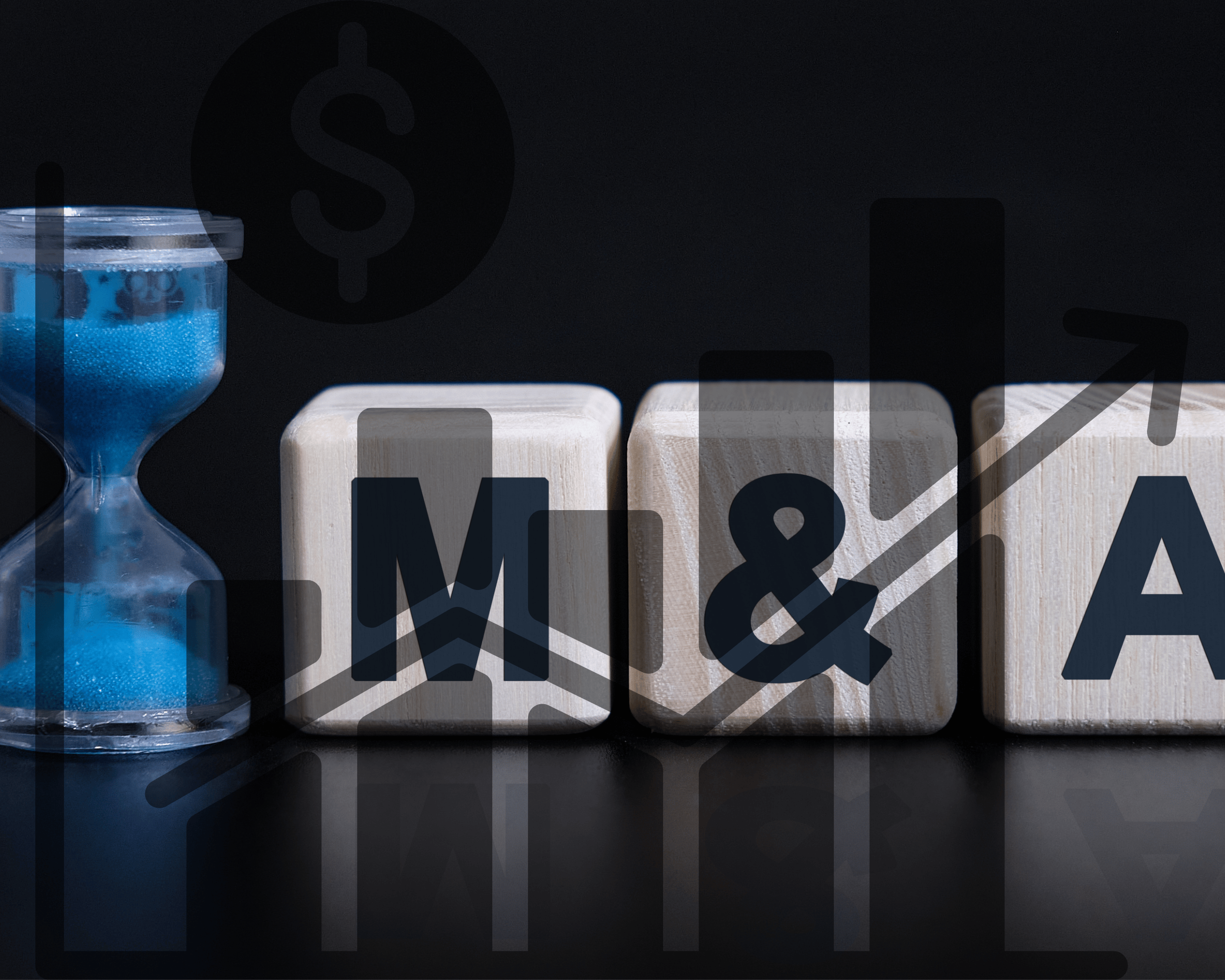


.png)
.png)
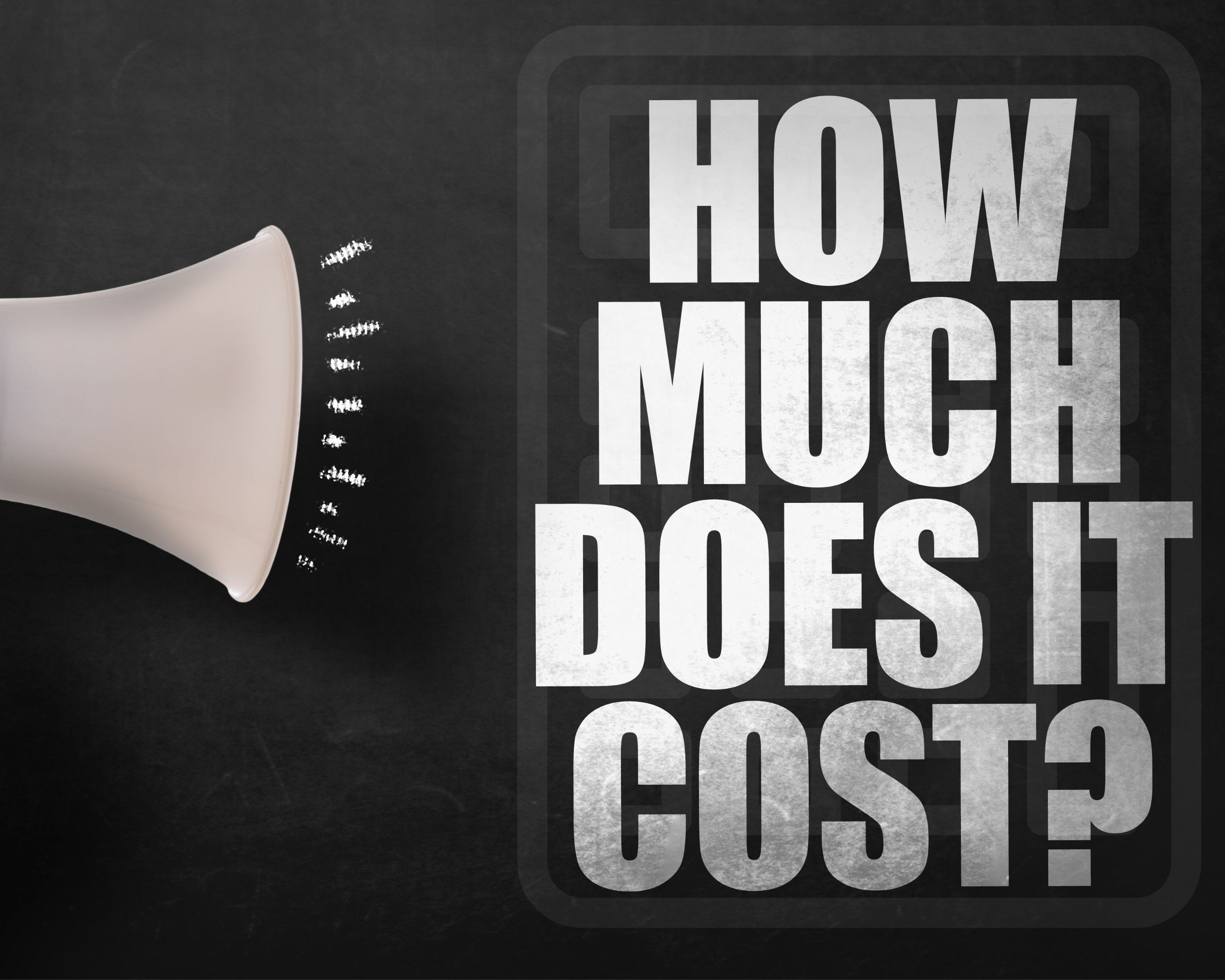
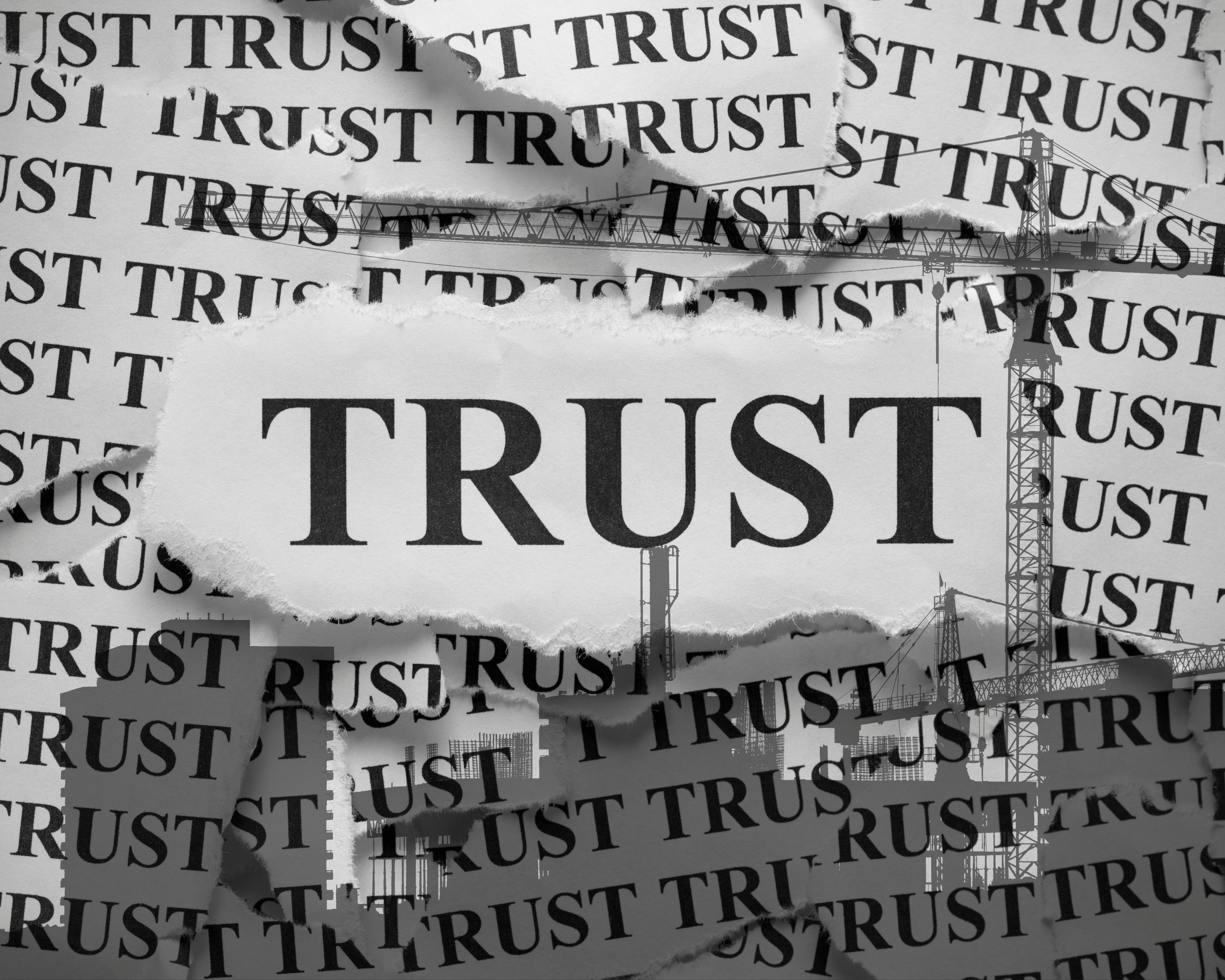
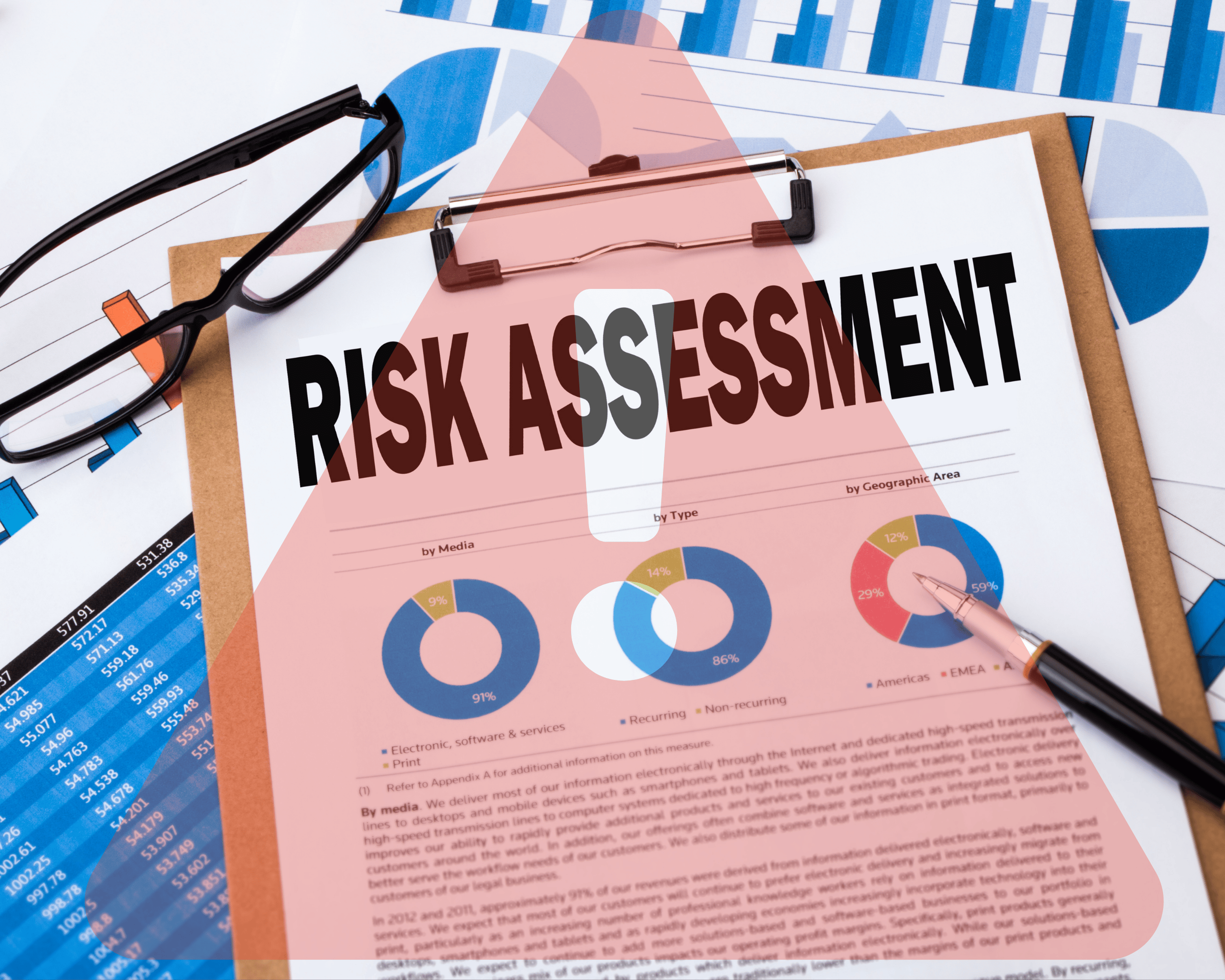
.png)








